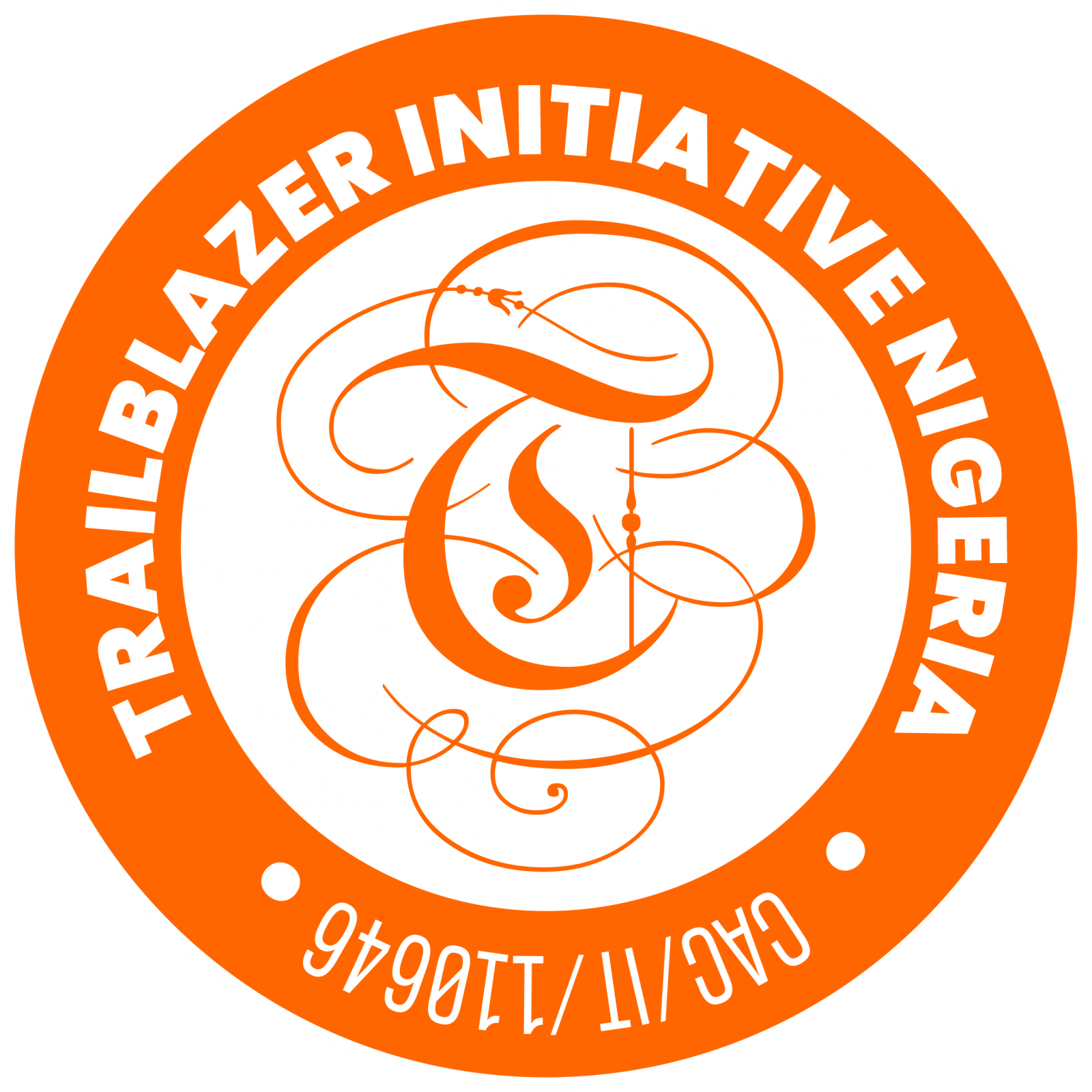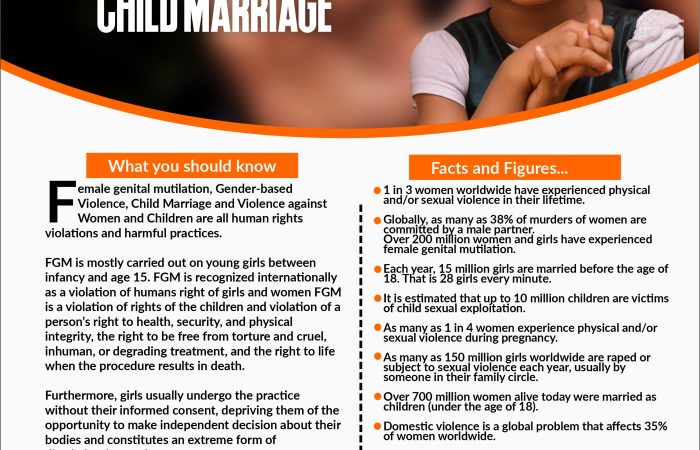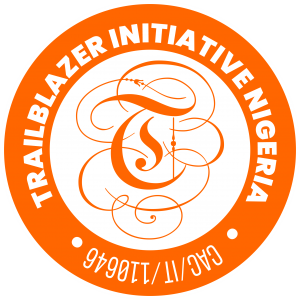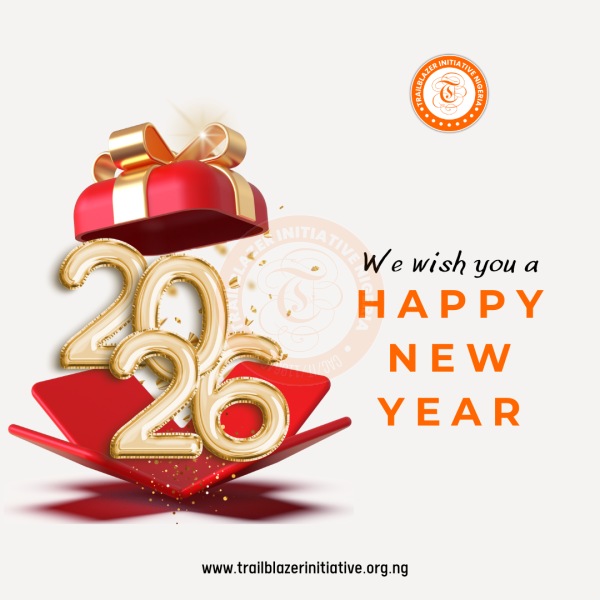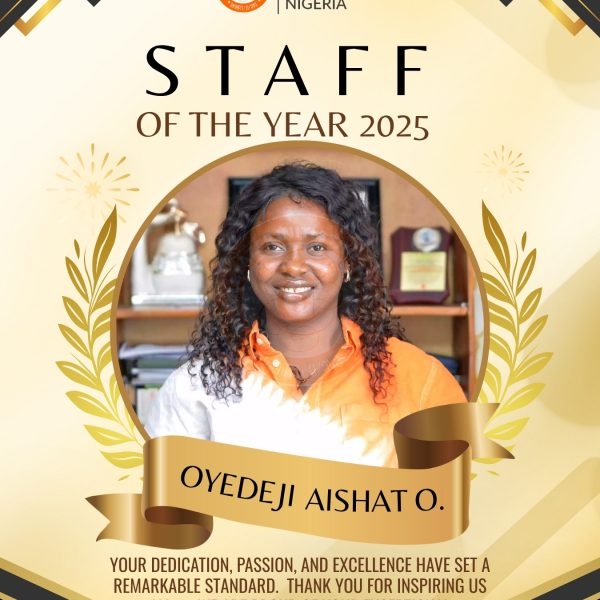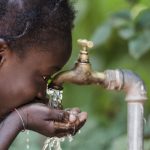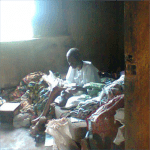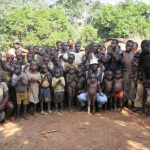What does GBV stands for?
GBV Stands for Gender-based violence which is a violation of human right and a form of discrimination against women including all acts of gender-based violence that result in physical, sexual or psychological harm, Economical or suffering to women, including threats of such acts, coercion or arbitrary deprivation of liberty, whether occurring in public or in private life.
Also, Gender-based violence is based on an imbalance of power and is carried out with the intention to humiliate and make a person or group of people feel inferior and/ or subordinate. This type of violence is deeply rooted in the social and cultural structures, norms and values that govern society, and is often perpetuated by a culture of denial and silence. Gender-based violence can happen in both the private and public spheres and it affects women disproportionately.
- 35% of women have experienced physical and/or sexual intimate partner violence or non-partner sexual violence.
- 7% of women have been sexually assaulted by someone other than a partner.
- As many as 38% of murders of women are committed by an intimate partner.
- 200 million women have experienced female genital mutilation/cutting.
To this end, Gender Based Violence is a crime against humanity and can be sexual, physical, verbal, psychological, and economic. It includes intimate partner violence, sexual harassment and exploitation, honor killing, female genital mutilation, trafficking, rape, femicide, and child marriage.
How many types of GBV do we have?
There are 5 types of Sexual and Gender-based violence; Sexual Violence, Physical Violence, Emotional and Psychological Violence, Harmful Traditional Practices and Socio-Economic Violence.
- Sexual Violence includes Rape and marital rape, Child sexual abuse, defilement and incest, Forced sodomy/anal rape, Attempted rape or attempted forced sodomy/anal rape, Sexual abuse – Actual or threatened physical intrusion of a sexual nature, including inappropriate touching, by force or under unequal or coercive conditions. Forced prostitution (also referred to as sexual exploitation), Sexual harassment, Sexual violence as a weapon of war and torture.
- Physical Violence – Physical Assault such as Beating, punching, kicking, biting, burning, maiming or killing, with or without weapons; often in combinations with other forms of sexual and gender-based violence, as well as Trafficking and slavery.
- Emotional and Psychological Violence – Abuse/Humiliation, Confinement
- Harmful Traditional Practices such as Female genital mutilation (FGM), Early marriage, Forced marriage, Honour killing and maiming, Infanticide and/or neglect, Denial of education for girls or women
- Socio-Economic Violence such as Discrimination and/or denial of opportunities, services. Social exclusion/ostracism based on sexual orientation, Obstructive legislative practice
Who is most affected by GBV and why?
Women living in low- and lower-middle-income countries are disproportionately affected by this issue, but other factors that encourage GBV can include cultural norms, lower levels of education, low levels of gender equality, and harmful masculine behaviors.
GBV can also limit women’s capacity to work, cause them to suffer social isolation, loss of wages, and limited ability to care for themselves and their children.
Although, gender-based violence disproportionately affects women and girls, it is not exclusive; LGBTQ+ communities, particularly people who are trans, and other communities, are also affected by GBV.
What are the Consequences of GBV and how is it or has it affected women in Your community?
The Consequence of Gender-based violence GBV is a significant global public health problem and adversely impacts the physical and mental health of women. Female who had experienced sexual violence during their lifetime reported consequence of physical health, including swelling around genitalia, unusual vaginal discharge and injury around the genitalia,
Mental health consequence included self-blame and anxiety.
Educational consequences included poor school performance, absenteeism and dropout. Female who had experienced any type of GBV during their lifetime reported consequence of physical violence, including poor school performance, and withdrawal from school.
In my community, GBV can be linked to poverty, low self-esteem, illiteracy among women etc.
Who are Cultural and Religious Leaders and Male Champions in your Community?
The cultural leaders in my community are; The King and Traditional Council, the Chiefs, Baales, Quarter Heads and their chiefs, Women Chiefs such as Iyalode, Iyalaje, Iyaloja and more.
Religious leaders are, Pastors and other Christian leaders, IMAM and Alfas and other Muslim clerics, The Onifas, Oniseguns and Isese leaders. Someone who is recognized by a religious body as having some authority within that body. The leader of a religious order.
While the Male Champions are people like President and Excos of town Union, Community Development Council, NURTW leaders and the likes and other stakeholders. Male Champions are men chosen by the community for their contribution to supporting girls’ education. They are chosen to act as positive role models for men and young boys in school and in the community. Male champions believe gender inclusiveness means involving both men and women in advancing women’s leadership. They are career enablers who enhance visibility among top leadership and actively push for women’s advancement.
What are the roles and responsibilities of these leaders? How important and Powerful are they?
They are very powerful in the community because they in charge of Policies and decision making with the community. People trust them and often time follows whatever they say without questioning their authorities.
Cultural leaders are the key to shifting social norms and driving the critical change needed to end violence against women and girls. Cultural leaders are in a strong position to work with their communities to address the harmful cultural practices that perpetuate negative gender norms and harm women’s and girls’ health and safety. Working with traditional leaders in the community is a crucial to ending violence against women and girls and promoting women’s empowerment.
Religious leaders are at the forefront of ending gender-based violence. Religious leaders are the fundamental allies that are driving the advancement of women’s rights in our community and true interpretation of religion has the power to break the barriers and unlock human potential. Building the capacity of religious leaders on women’s rights, is critical in order to reduce the social acceptance of violence against women and to change discriminatory attitudes and behaviours.
Our Male Champions are role models and champions who conducted community sensitization and training of fellow men on the dangers of Gender Based Violence and how prevention can be possible.
How can we or how have we built their capacities?
- Provide information and evidence on the consequences of Gender-Based Violence on Sexual and Reproductive Health and Rights.
- Identify male champions such as Community Pressure groups, Influential Male in the community, Youth organization, NYCN, Royal Ambassadors, CBOS and so on.
- Build capacities of religious and cultural leaders on the consequences of Gender-Based Violence on Sexual and Reproductive Health and Rights.
- Provide religious and cultural leaders with platforms for their engagement
- Engage religious and cultural leaders in the alternative rites of passage initiatives to preserve the communities’ heritage without the cutting
- Organise cross borders or cross community initiatives using sport, art, culture and experiences sharing
